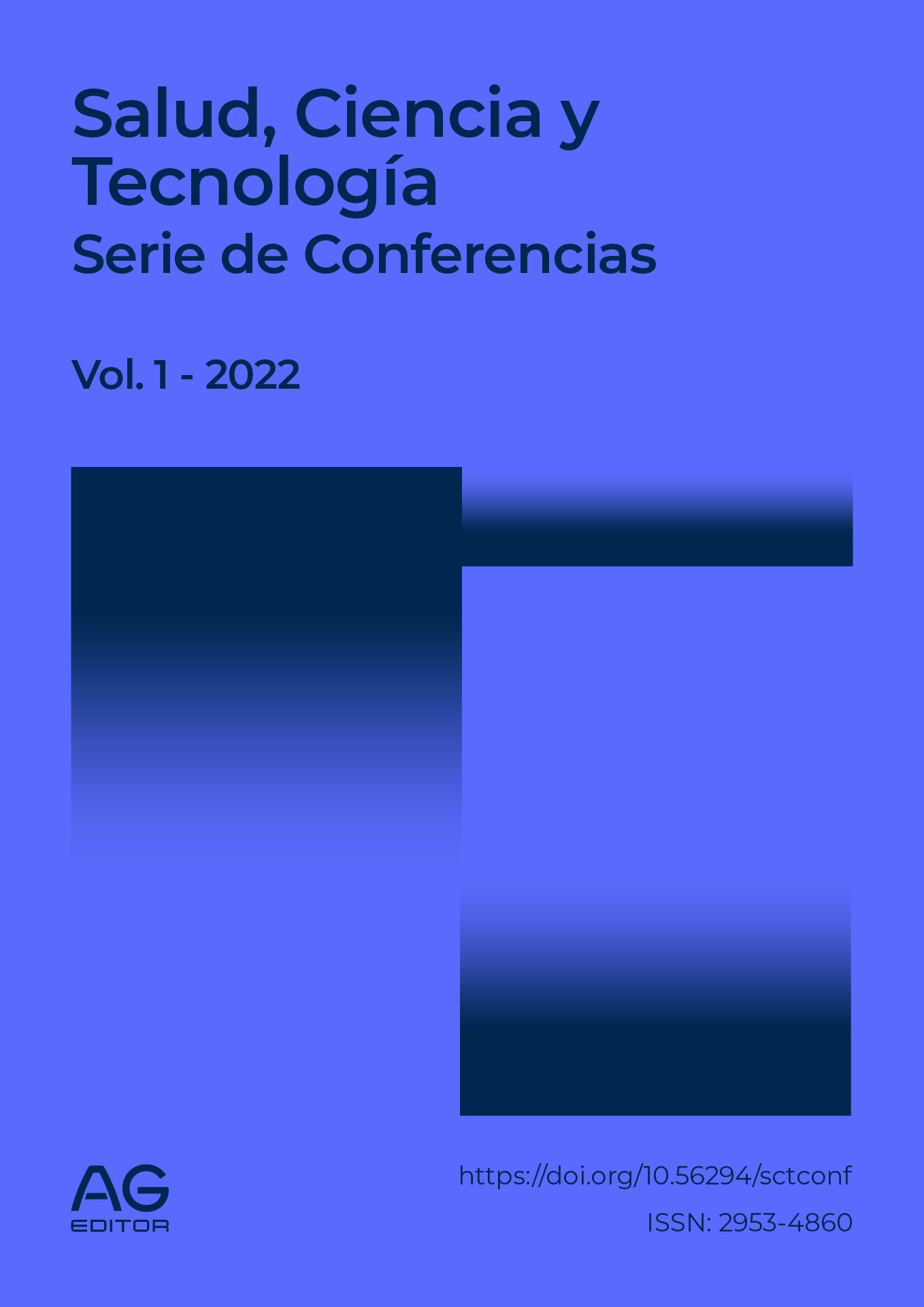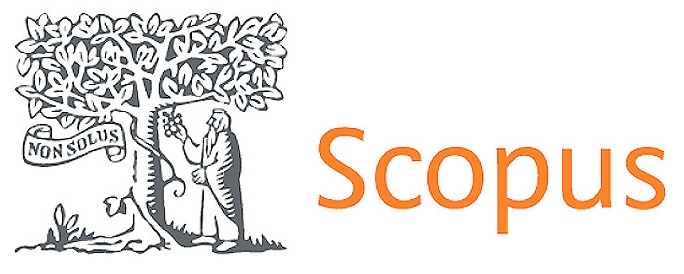Evaluation of the congenital malformation screening program by alpha-fetoprotein quantification. Sandino
DOI:
https://doi.org/10.56294/sctconf2022284Keywords:
Prenatal Diagnosis, Abnormalities/Diagnosis, Alpha-FetoproteinAbstract
Introduction: in recent years, the Program for Diagnosis and Prevention of Genetic Diseases has contributed to reduce the infant mortality rate and to improve the quality of life of the population.
Objectives: to evaluate the prenatal diagnosis program for congenital malformations, through the quantification of alpha-fetoprotein in maternal serum.
Methods: a descriptive, prospective, longitudinal study was conducted on the total number of pregnant women from January 1, 2000 to December 31, 2018, in the two Health Areas of the Sandino municipality using data from the municipal and provincial Genetics consultation.
Results: the coverage of the AFPSM program was 98,13 % and of them 6,46 % resulted high, patients without explainable cause were the predominant ones with 33,93 % followed by threatened abortion and low maternal weight with 22,92 and 21,57 % respectively, 5,84 % were due to some type of fetal malformation. The most frequent fetal malformations were neural tube closure defects and anterior wall defects with 34,61 and 26,92 % respectively.
Conclusions: the prenatal diagnosis program for congenital malformations through the determination of alpha-fetoprotein in maternal serum has been improved over time, as shown by the increase in screening, the number and type of malformations diagnosed, as well as the decrease in infant mortality due to this type of malformation.
References
1. Morales OR. Normas de salud para la terminación voluntaria del embarazo. Resolución Ministerial No. 24. Ministerio de Salud Pública de la República de Cuba. 2017.p. 1-3
2. Marcheco B. La genética en la Salud Pública: el desarrollo del acceso de todos a los beneficios. Rev Cubana Genet Comunit. 2015; 1(1):4-6.
3. Taboada Lugo N. Dilemas éticos en la interrupción del embarazo por malformaciones congénitas. Rev Hum Med [Internet]. ene.-abr. 2017 [citado 5 Sep 2019]; 17(1). Disponible en: http://scielo.sld.cu/scielo.php?script=sci_arttext&pid=S1727-81202017000100003
4. Fuentes GE, Quiñones RI, Quintana HD. Alfafetoproteina elevada en suero materno. Rev Ciencias Med Habana 2015; 21(Sup):14-23.
5. MedlinePlus en español [Internet]. Bethesda (MD): Biblioteca Nacional de Medicina (EE. UU.) [Internet]. ago. 2019 [citado 5 Sep 2019] .Disponible en: https://medlineplus.gov/spanish/.
6. González García R,l Maza Blanes MA: La Genética Comunitaria en los programas de diagnóstico prenatal en el municipio Minas de Matahambre. Rev Ciencias Médicas [Internet]. nov.-dic. 2016 [citado 5 Sep 2019]; 16(6). Disponible en: http://scielo.sld.cu/scielo.php?script=sci_arttext&pid=S1561-31942013000300009
7. Hernández Triguero Y, Suárez Crespo M, Rivera Esquivel M, Rivera Esquivel VC. La genética comunitaria en los programas de diagnóstico prenatal. Rev Ciencias Médicas [Internet]. 2013 [citado 5 Sep 2019];17(3):80-91. Disponible en: http://revcmpinar.sld.cu/index.php/publicaciones/article/view/1078/pdf
8. Niforatos N, du Plessis AJ. Fetal surgery for neural tube defects. Division of Fetal and Transitional Medicine, Children's National Medical Center, Washington, DC, USA. Arch Dis Child Fetal Neonatal Ed. 2014 May;98(3). DOI: https://doi.org/10.1136/archdischild-2011-301397
9. Rodríguez Díaz RN. Aborto eugenésico: actitud ante el diagnóstico de un feto malformado. Dilemata [Internet]. 2015 [citado Sept 23 2016]; 7(17). Disponible en: https://dialnet.unirioja.es/servlet/articulo?codigo=4954381
10. Mazzi E. Defectos del tubo neural. En: Mazzi E, Sandoval O, Aranda E, Bartos A, Peñaranda RM, Kaune V, Velasco VH, Zamora A, Montano J, eds. Texto de la Cátedra de Pediatría. 6ta. Ed. La Paz: Elite Impresiones 2015.p. 267-72.
11. Bidondoa MP, Liascovicha R, Barberoa P, Groismana B. Prevalencia de defectos del tubo neural y estimación de casos evitados posfortificación en Argentina. Arch Argent Pediatr 2015;113(6):498-501 / 498. DOI: https://doi.org/10.5546/aap.2015.498
12. López JM, Lobo B, Niño G. Anencefalia un tipo de defecto del tubo neural: Reporte de caso. Salud Soc Uptc. 2017;2(1): pp. 48-52. DOI: https://doi.org/10.19053/19092407.3979
13. Fuentes GE, Quiñones RI, Quintana HD. Alfafetoproteina elevada en suero materno. Rev Ciencias Med Habana 2015; 21(Sup):14-23.
Downloads
Published
Issue
Section
License
Copyright (c) 2022 Pedro Antonio Ramírez Sosa, Yarelis Prieto Hernández, Rosa María Ajete Rodríguez, Yenia Ledesma Vega, Yusimi Martínez Fernández, Yeisleidy González Borges (Author)

This work is licensed under a Creative Commons Attribution 4.0 International License.
The article is distributed under the Creative Commons Attribution 4.0 License. Unless otherwise stated, associated published material is distributed under the same licence.



